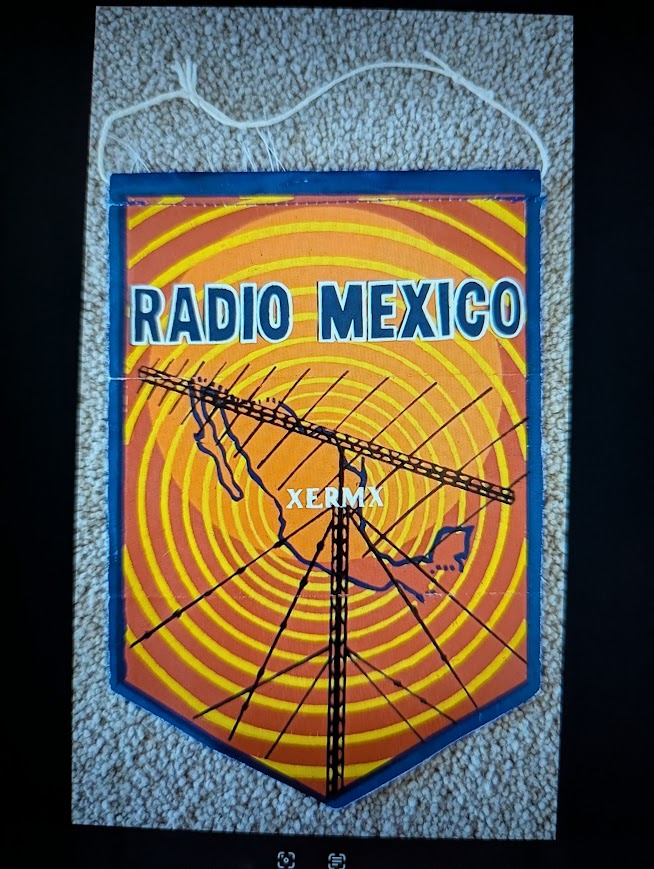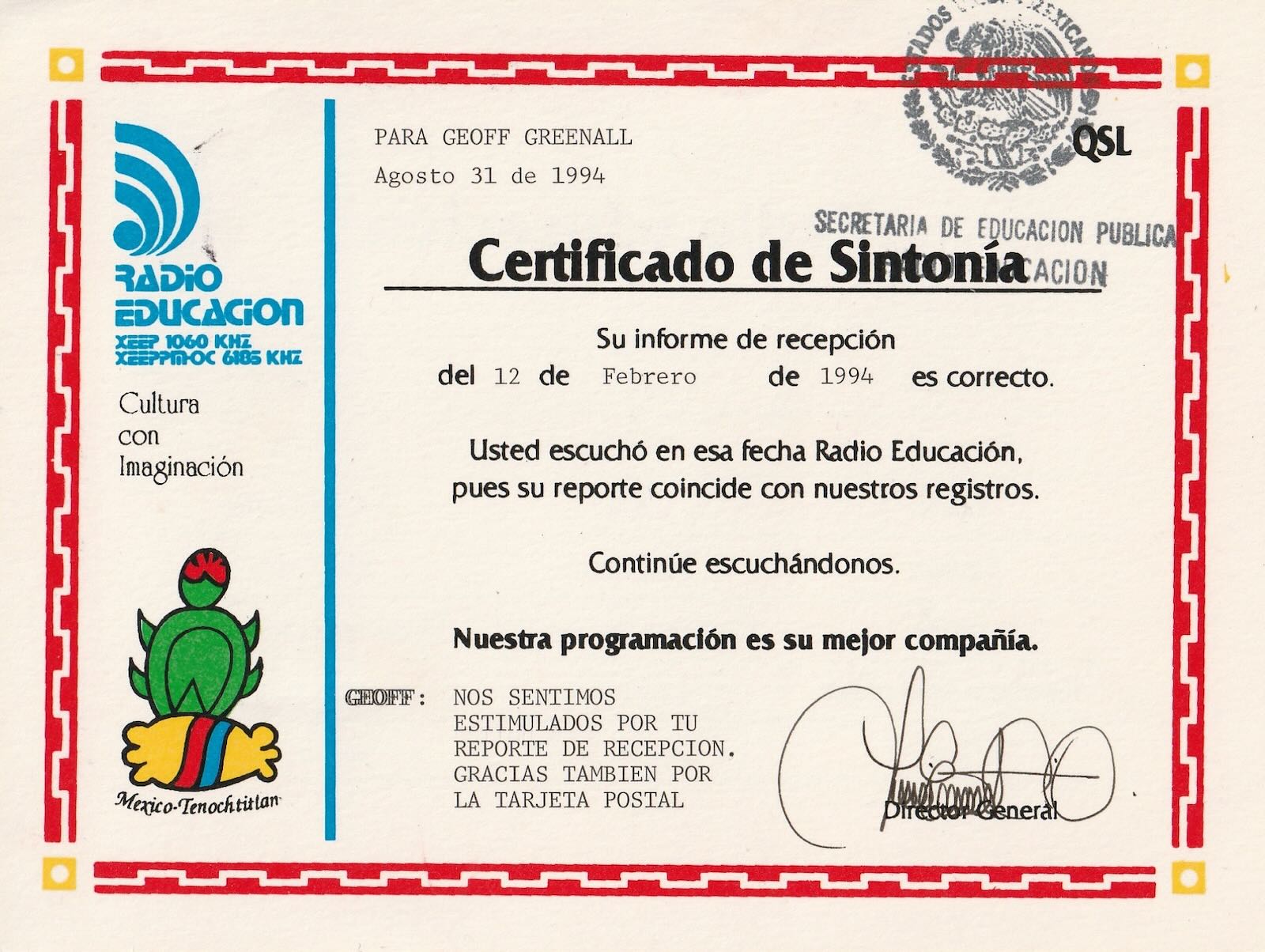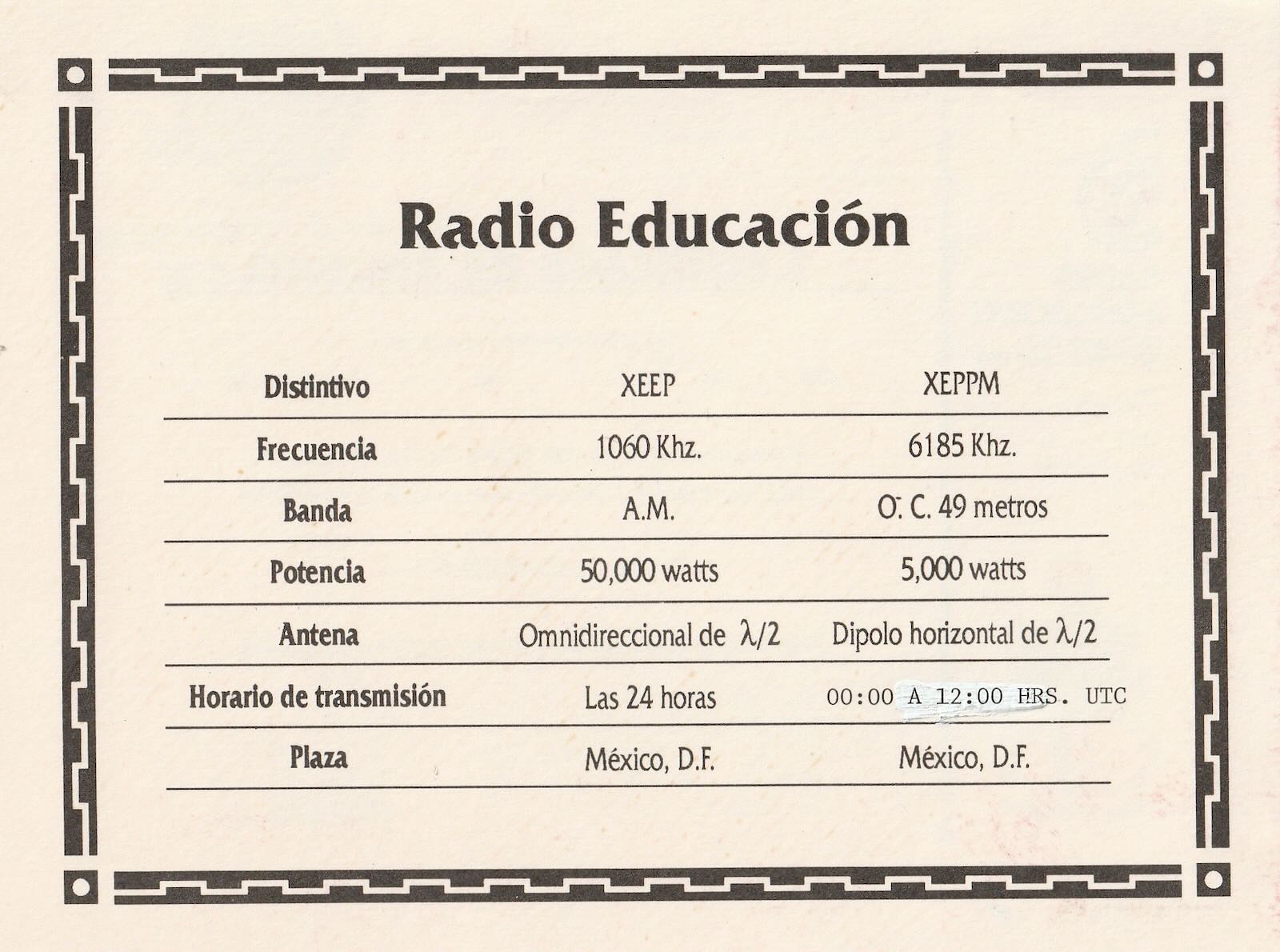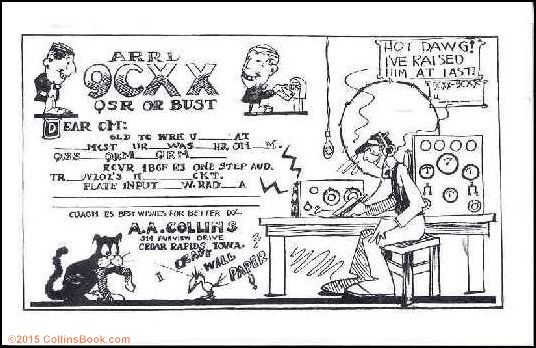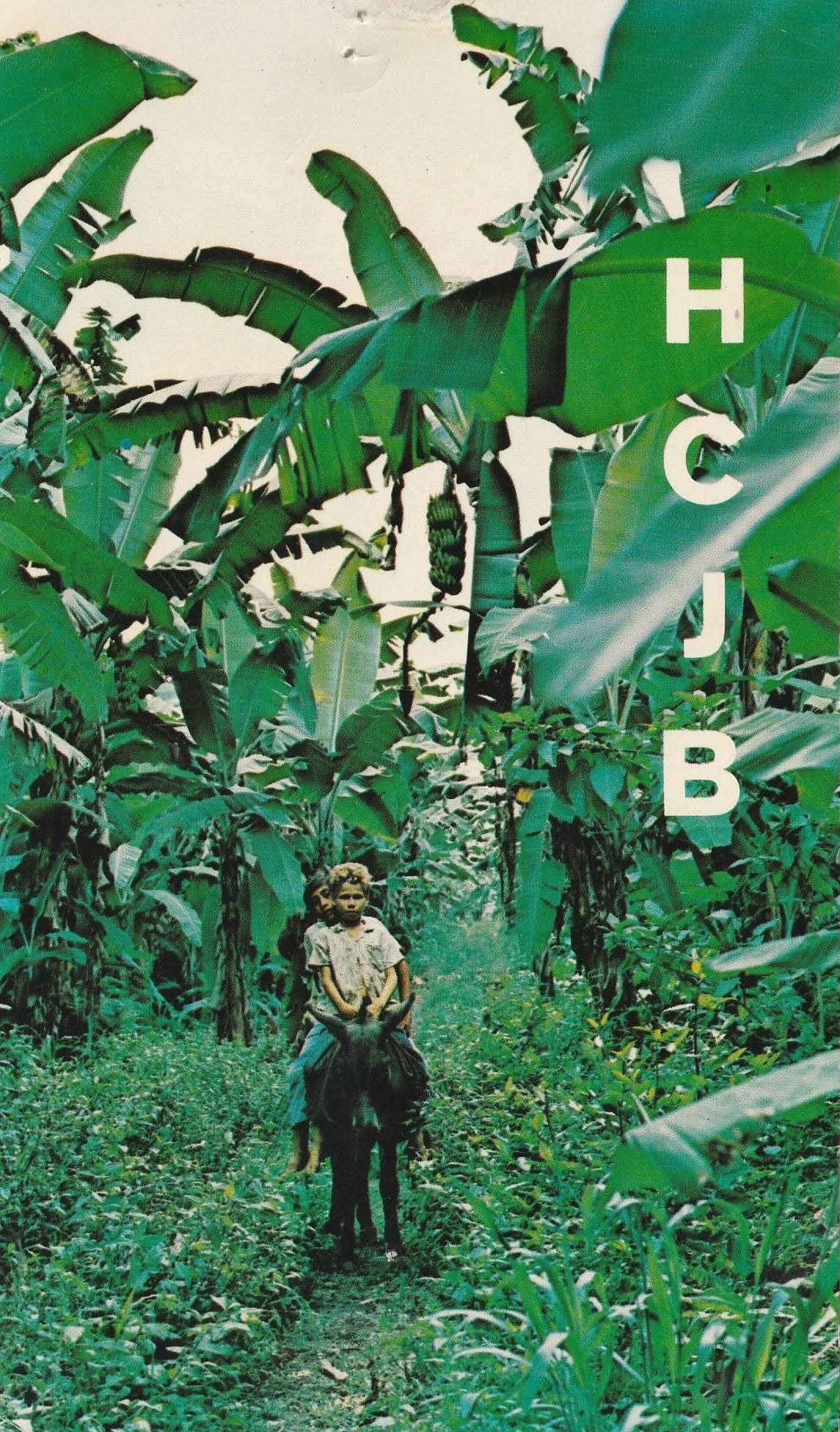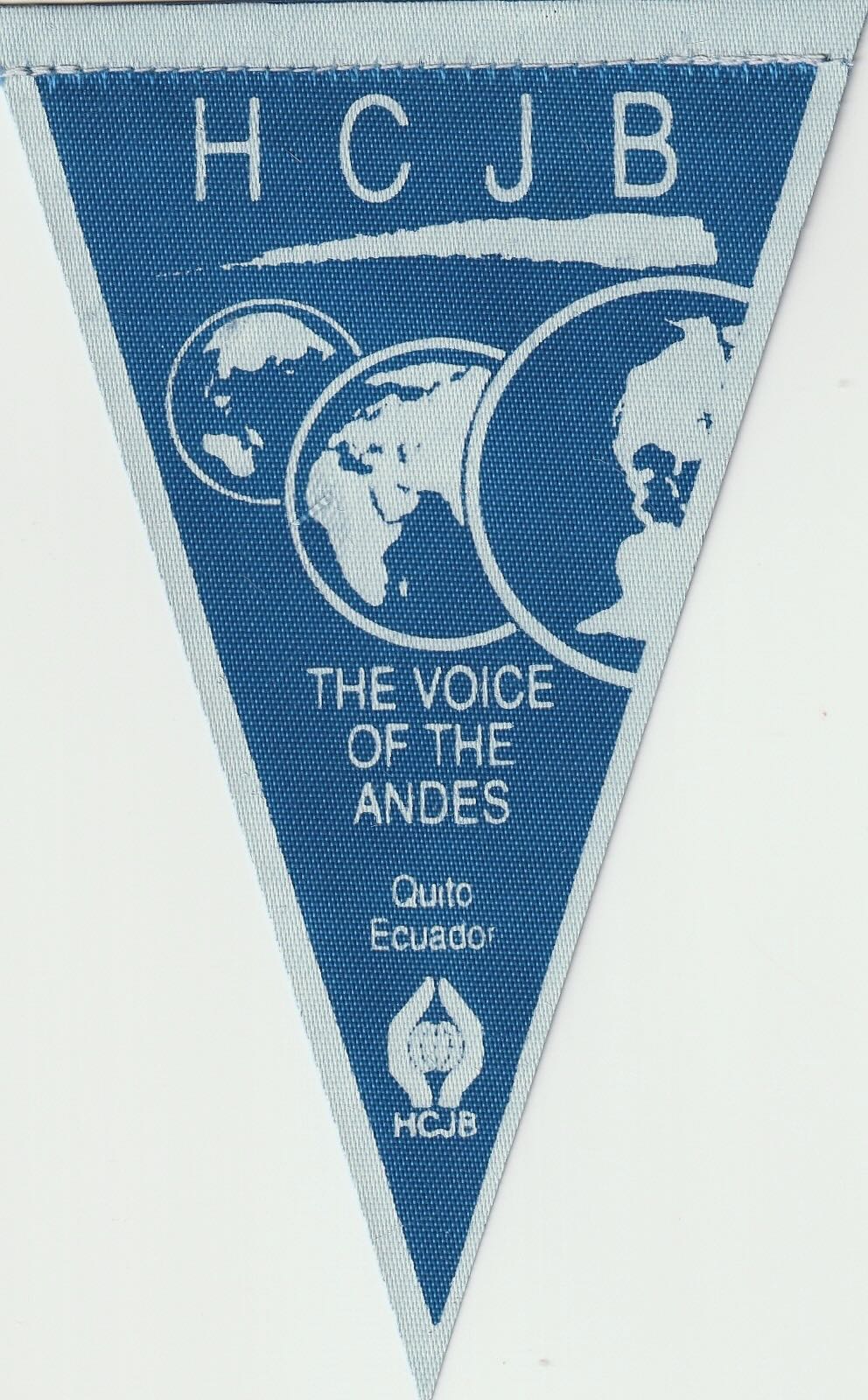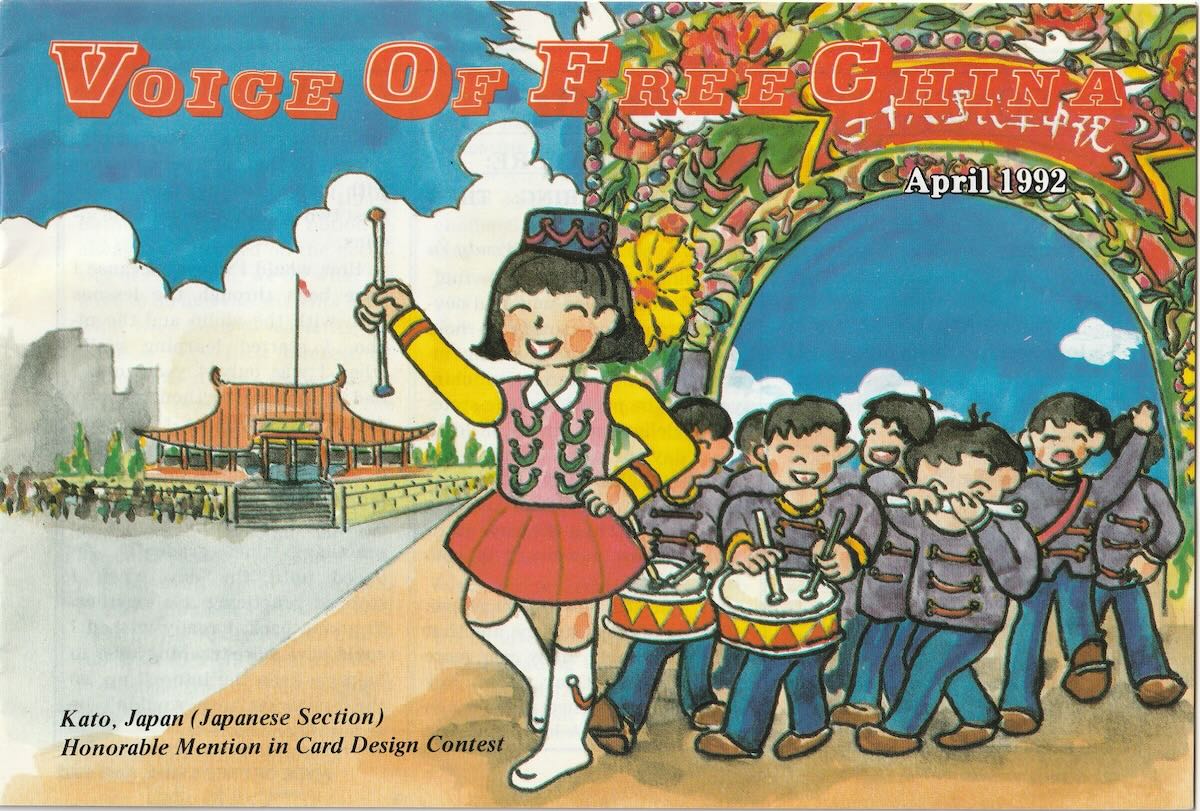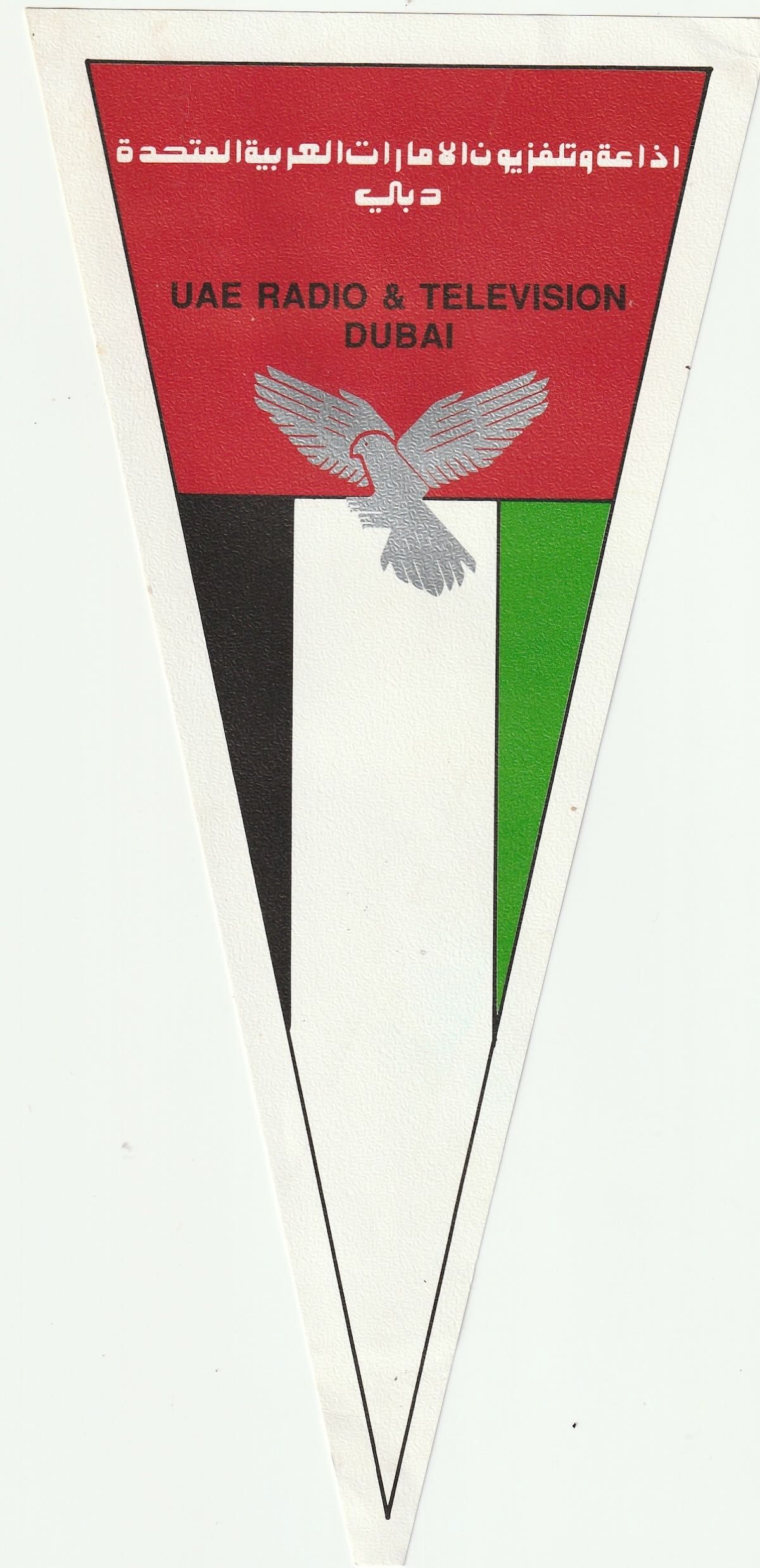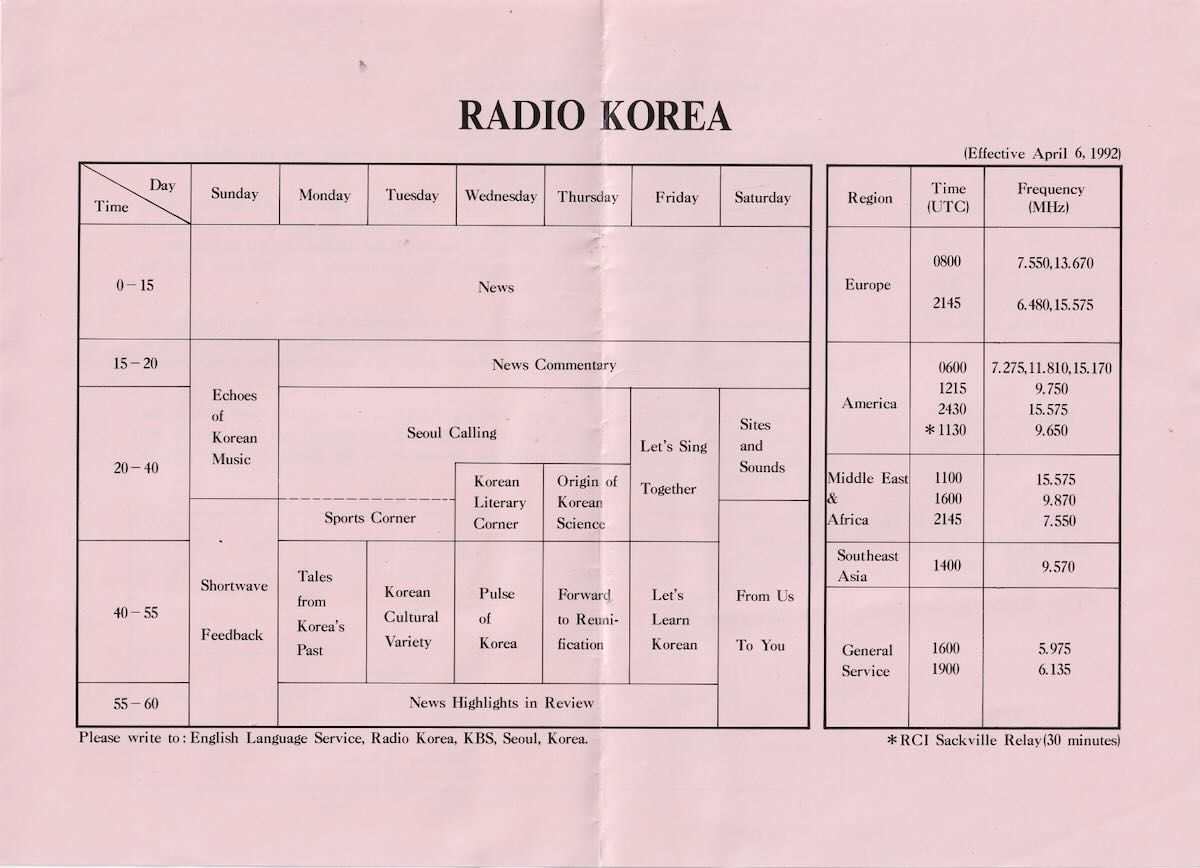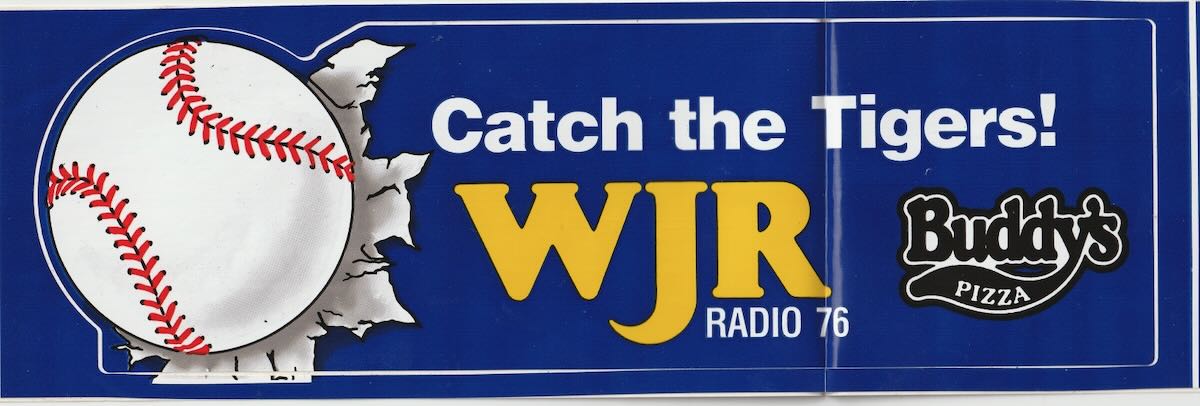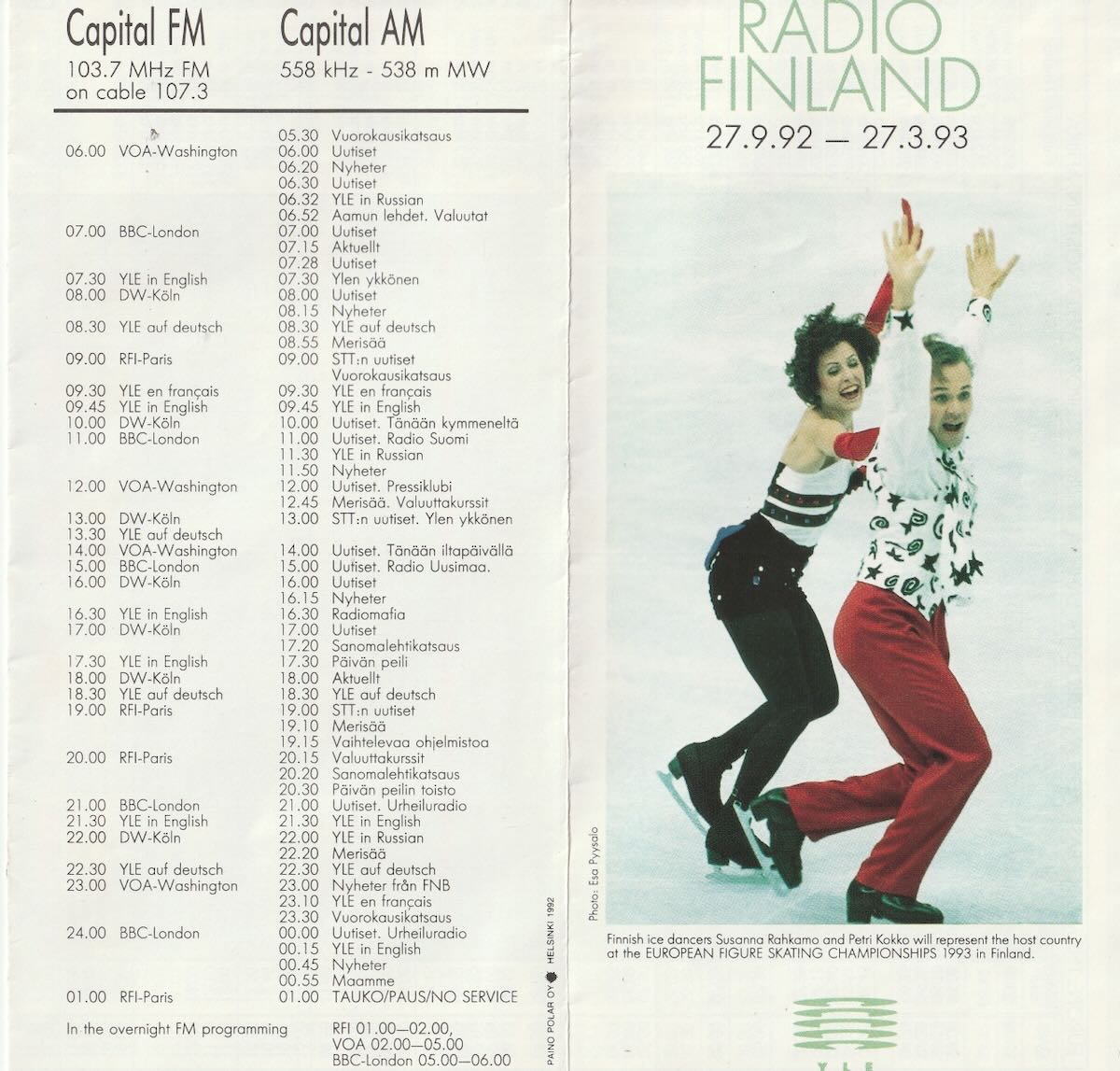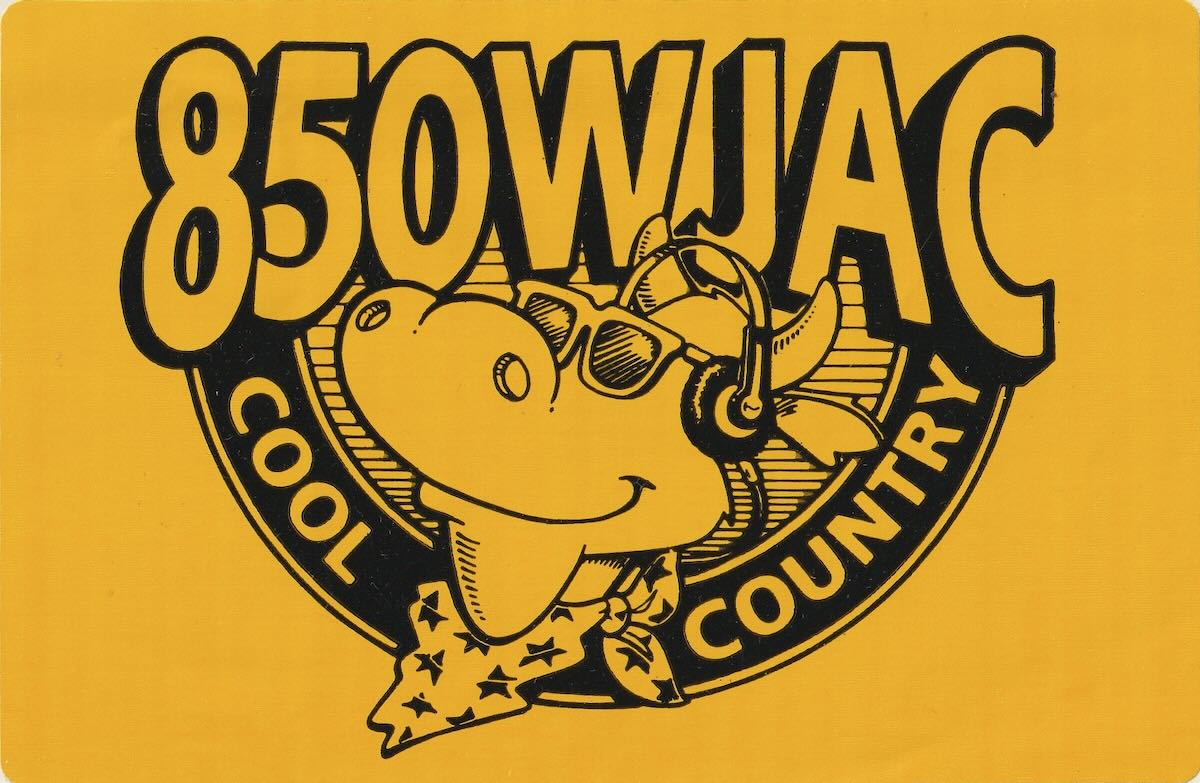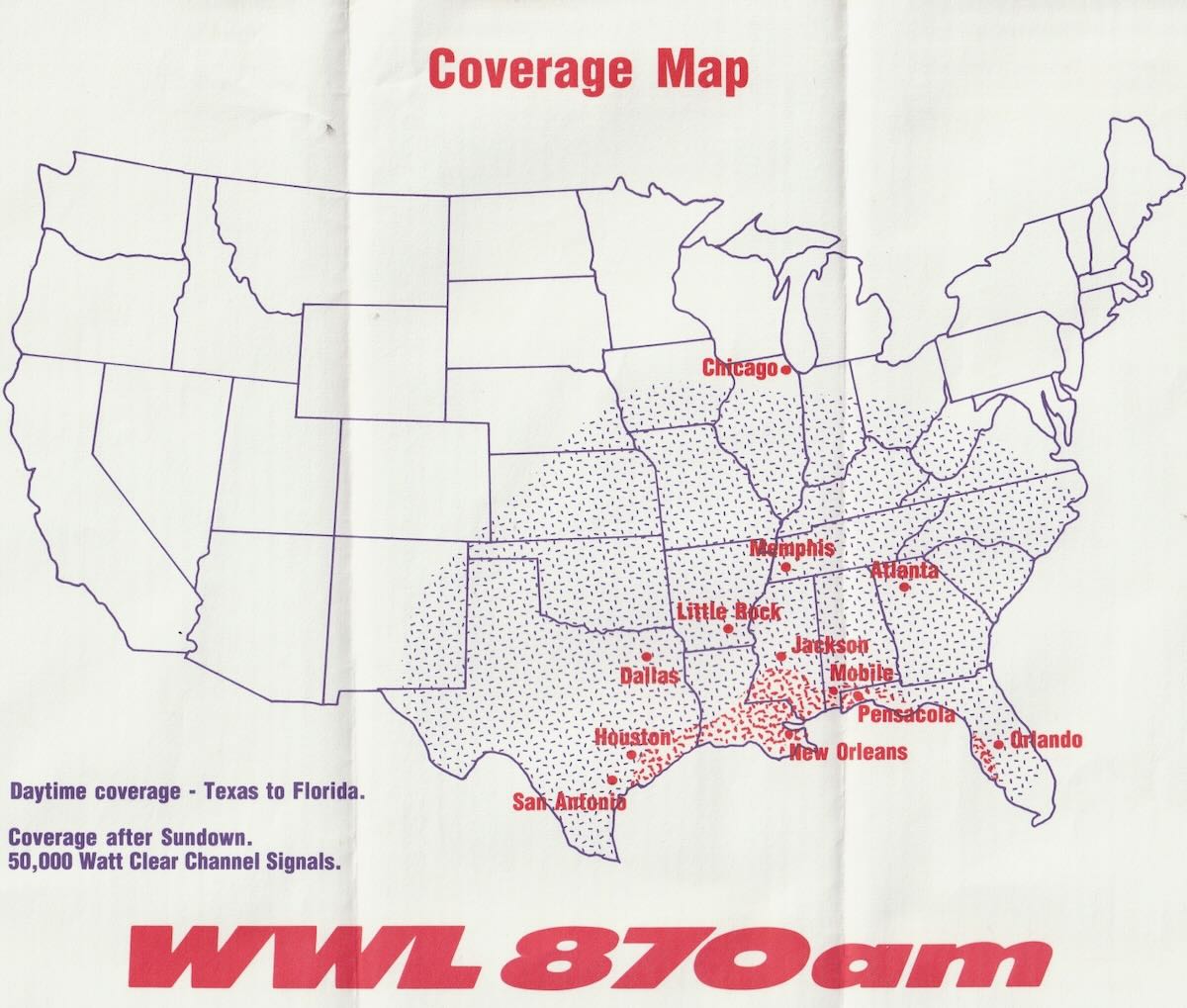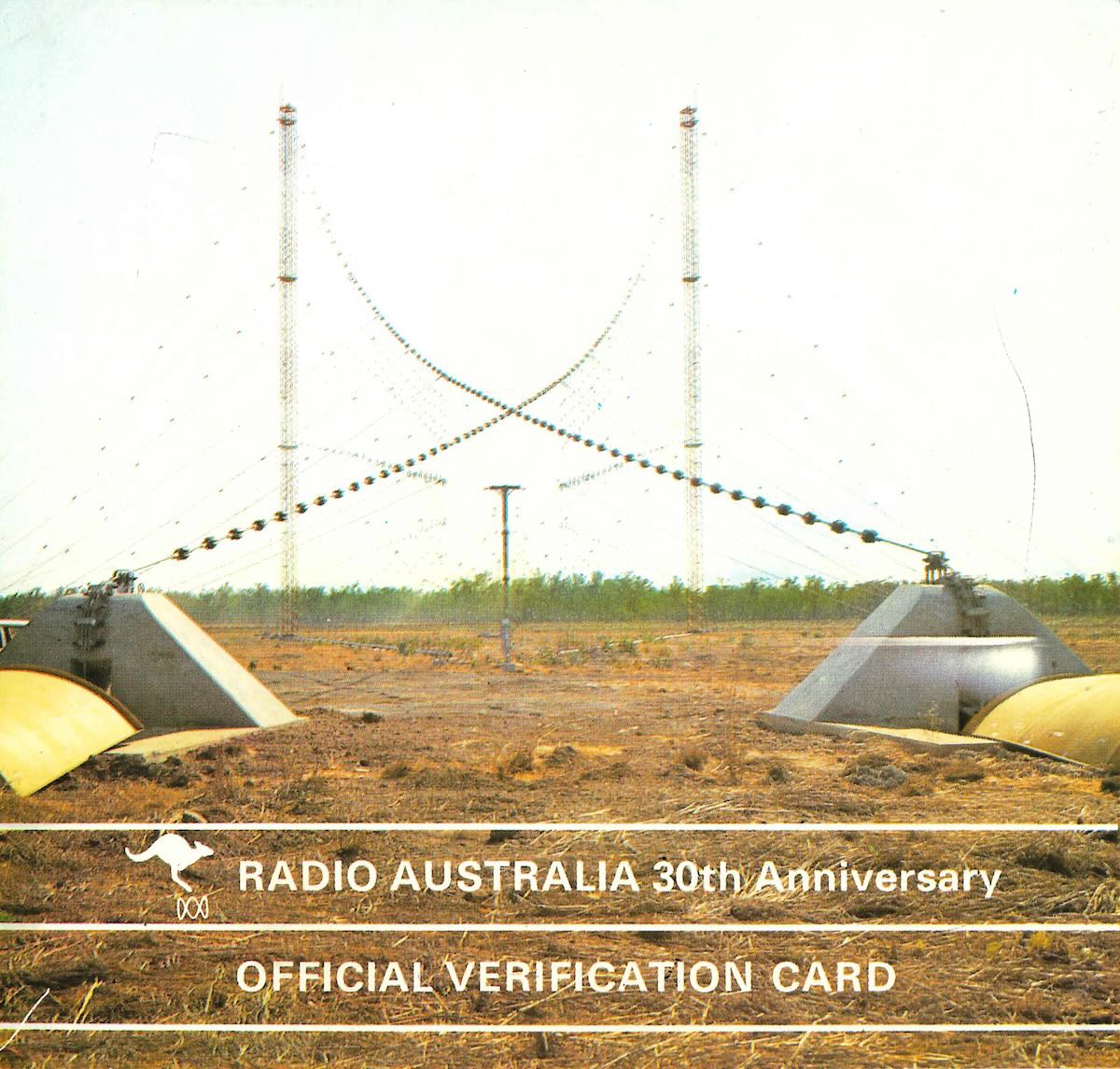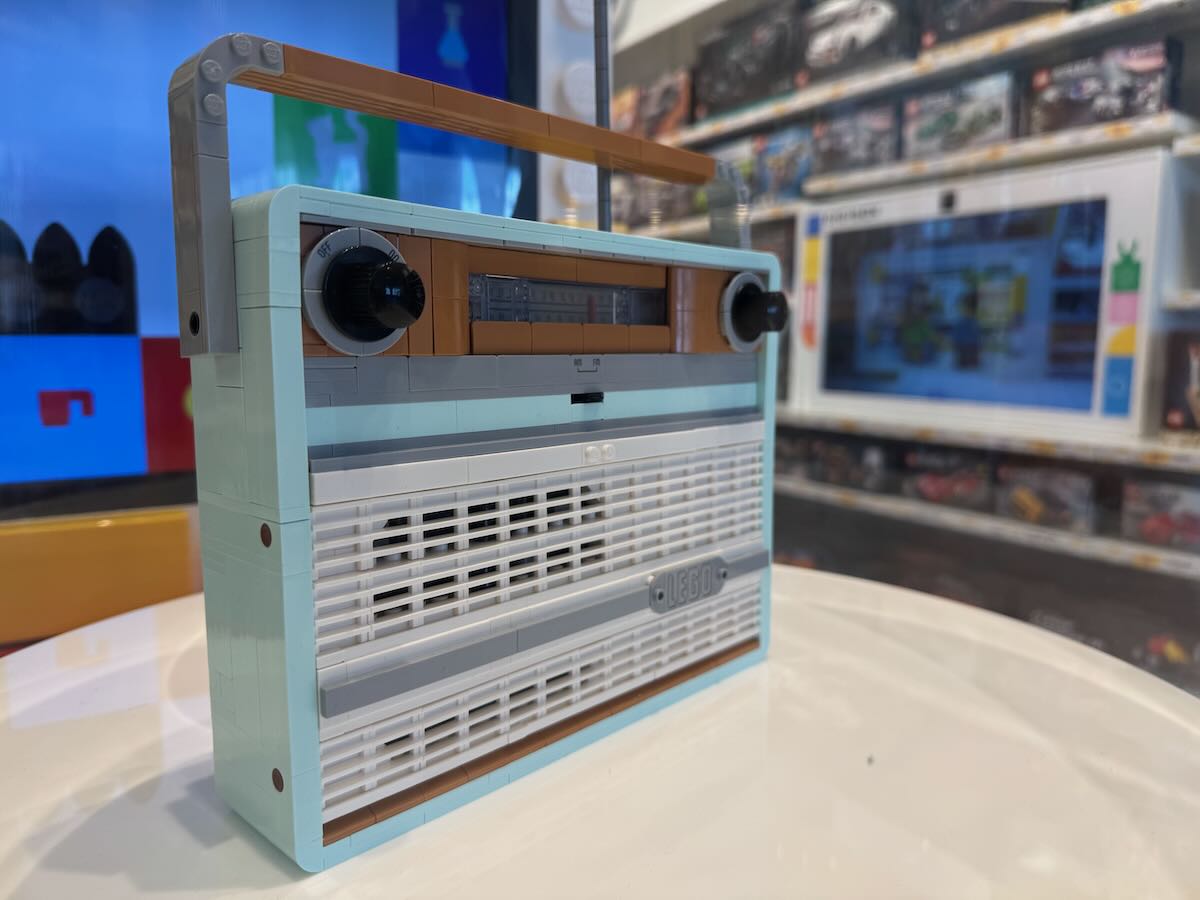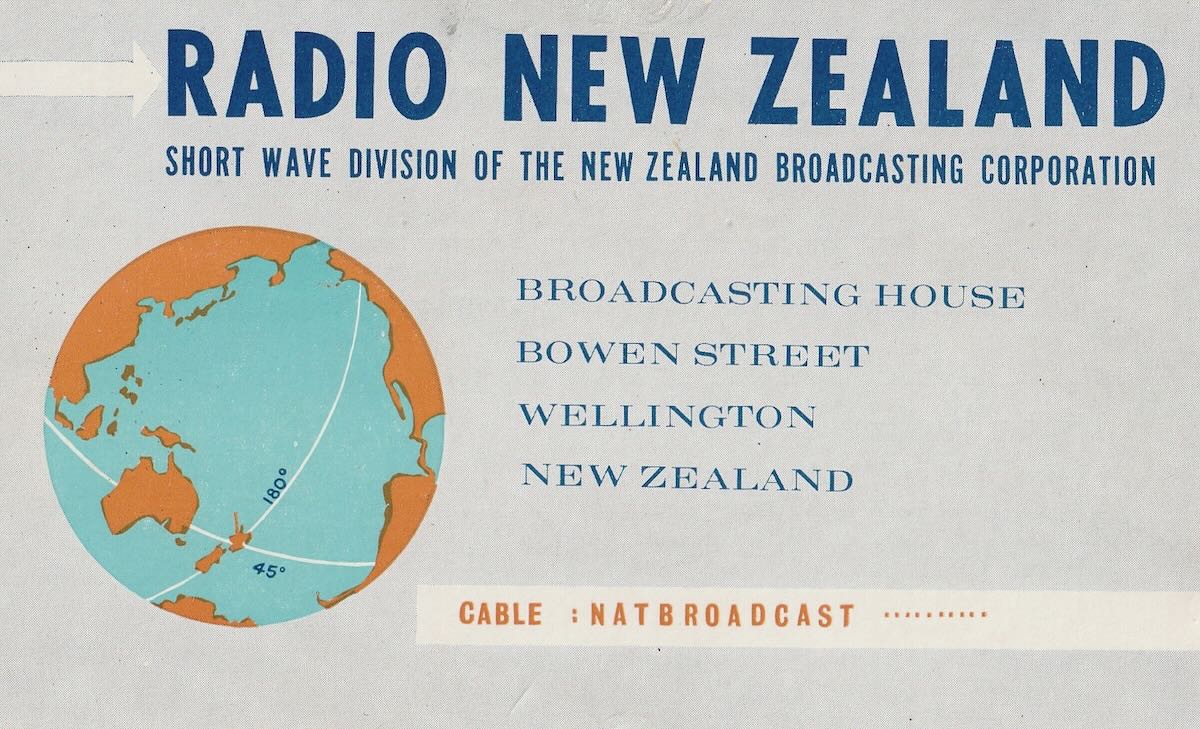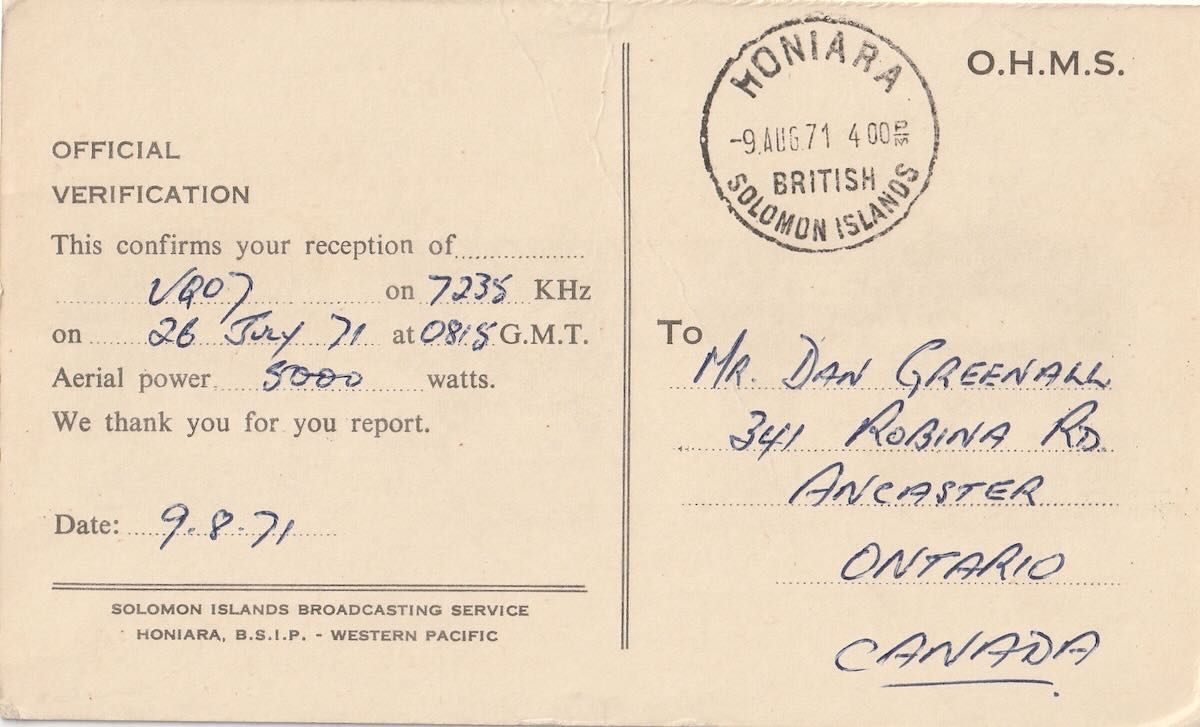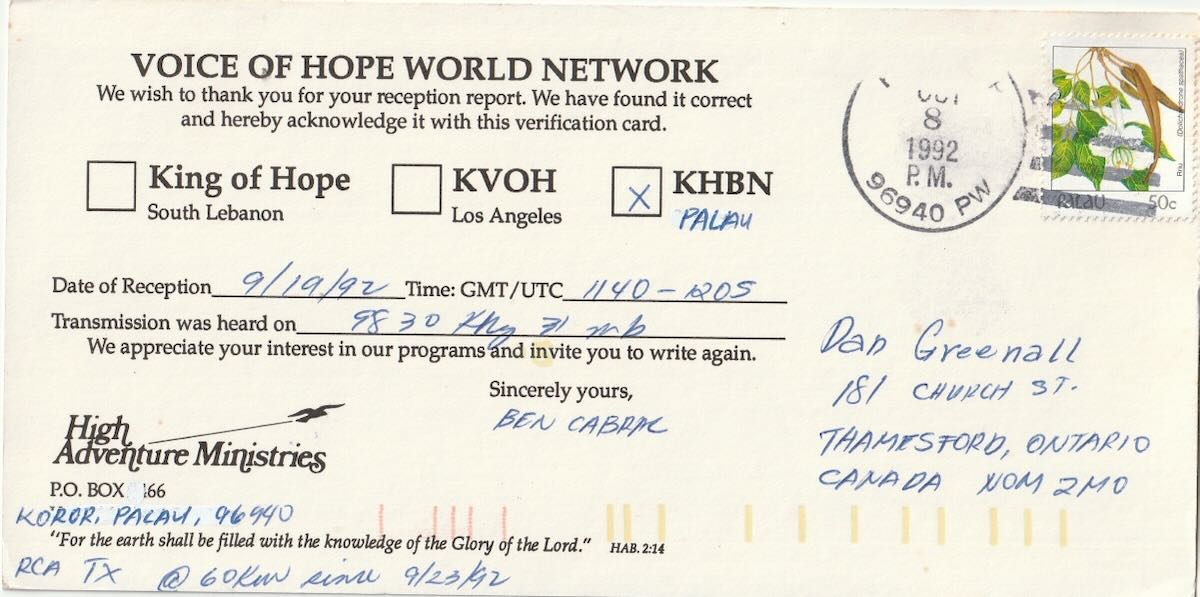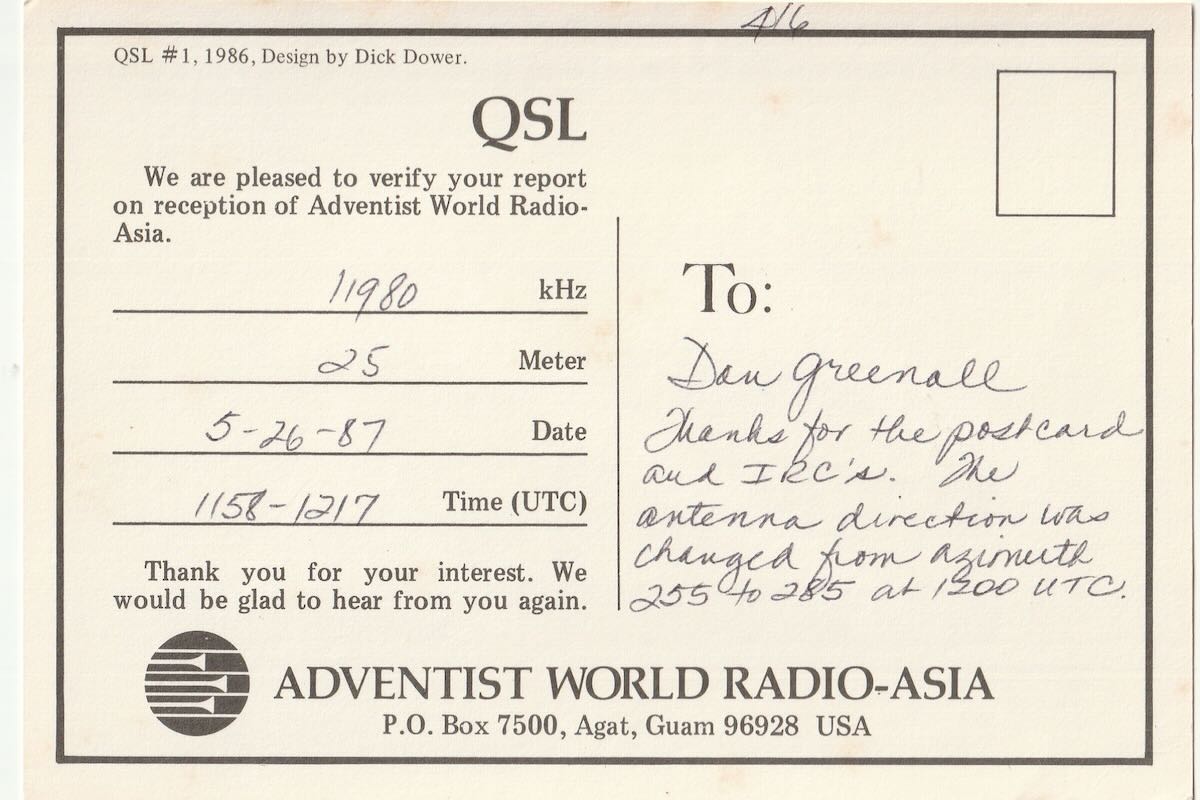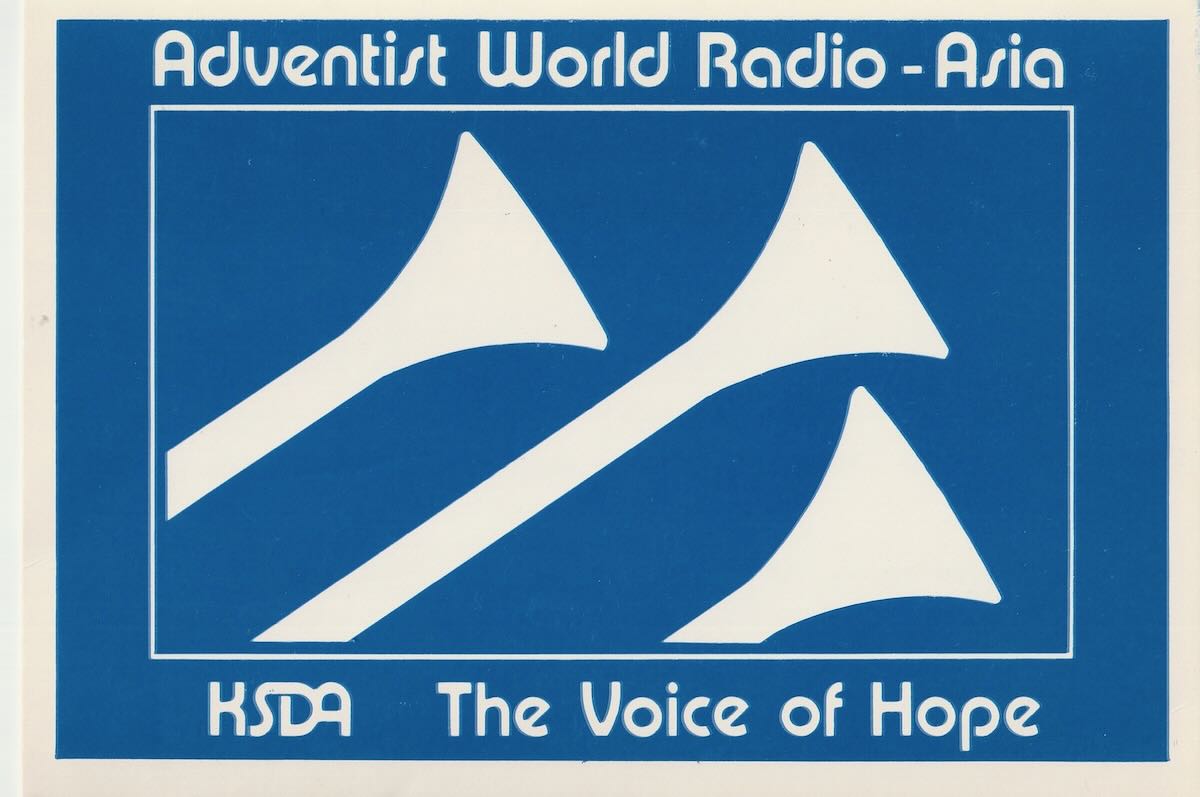by Dan Greenall
Back in the early 1970’s, a wide variety of Mexican stations could be heard on shortwave as evidenced by the loggings columns in the SPEEDX club’s monthly bulletins. Examples from this time period can be found here:
https://www.worldradiohistory.com/Speedx.htm
As well, the late Dr. Richard E. Wood wrote about what was available to be heard from Mexico in the 1971 Communications Handbook on page 18. You can read this here:
A brief recording of La RH, Radio Tricolor (in Spanish) on 11880 kHz from Mexico City can be found here:
The official international broadcaster, Radio Mexico, was known to issue colorful station pennants like the one pictured. Click here to listen to their ID’s in Spanish (though they did use some English) by a female and male announcer, likely on 21705 kHz (one of the many frequencies they used).
Currently, the only station broadcasting from Mexico on shortwave is Radio Educacion, XEPPM, from Mexico City on 6185 kHz. This recording was made on July 10, 2025 using a remote SDR close to the transmitter to ensure the best overall quality. The QSL attached is one received by my (then) 12 year old son in 1994.

